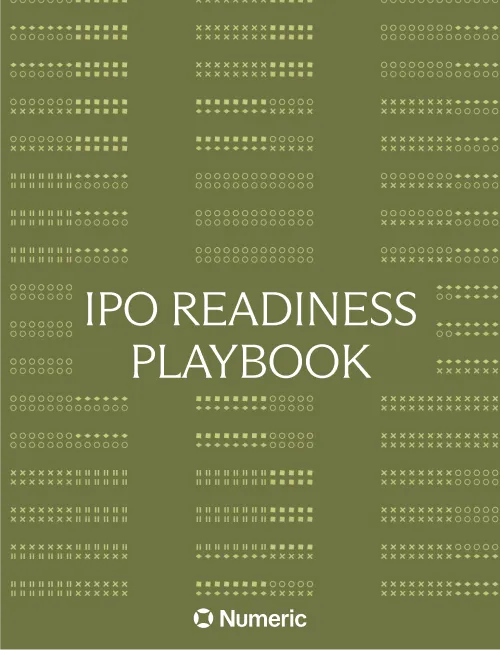Separable Criterion (intangible assets)
The separable criterion for intangible assets dictates that an intangible asset is considered identifiable if it can be separated from the entity and sold, transferred, licensed, rented, or exchanged, either individually or together with a related contract, asset, or liability.
Definition:Within the realm of accounting, when discussing intangible assets, the separable criterion is a guiding principle that helps determine whether an intangible asset is identifiable. According to this criterion, an intangible asset is identifiable and can be recognized separately from goodwill if it can be:
- Separated from the entity, and
- Sold, transferred, licensed, rented, or exchanged, either individually or together with a related contract, identifiable asset, or liability.
This criterion ensures that the intangible assets recognized on a company's balance sheet have a distinct value, separate from the overall goodwill of the entity.
Importance of the Separable Criterion:
- Asset Recognition and Valuation: This criterion allows for more precise recognition and valuation of intangible assets, promoting transparent financial reporting.
- Strategic Decision-making: Understanding which intangible assets are separable can guide businesses in making decisions about asset sales, licensing opportunities, or other monetization strategies.
- Investor Insights: For investors, knowing which assets are separable offers insights into potential sources of value and revenue for a company.
Examples of Assets Meeting the Separable Criterion:
- Customer Lists: A company might have a list of customers that, even if not protected by legal rights, can be sold to another entity. Such a list is separable and can be recognized as an intangible asset.
- Brand Names: Even if a brand name isn't legally protected by a trademark, if it holds value and can be licensed or sold, it meets the separable criterion.
- Unpatented Technology: If a company has developed technology that can be licensed or sold, even without patent protection, it's considered separable and can be recognized as an intangible asset.
Considerations in Applying the Criterion:
- Transferability vs. Business Intent: Just because an asset can be separated and sold doesn't mean the business intends to do so. The criterion focuses on the ability, not the intent.
- Market Presence: There should be evidence of an active market or potential buyers for the intangible asset, further cementing its separable nature.
- Legal Constraints: Some jurisdictions might have legal constraints or confidentiality agreements that could hinder the separation and transfer of certain intangible assets. These need to be taken into account.
Example of the Separable Criterion:
Let's consider TechFirm Inc., a company that has developed a proprietary software algorithm. While this algorithm isn't patented, TechFirm identifies another company, SoftCo, interested in licensing this technology for its operations.
Here, even though the software algorithm isn't protected by legal rights like a patent, it meets the separable criterion. TechFirm can license (and potentially sell) this technology to another entity, making it an identifiable intangible asset.
Conclusion:
The separable criterion plays a pivotal role in the accounting and recognition of intangible assets. In an age where intangible assets, from technology to brand names, can hold significant value, understanding the nuances of this criterion is crucial. It ensures accurate financial reporting, provides clearer insights to investors, and can influence strategic decisions for businesses navigating today's complex, knowledge-driven markets.


















